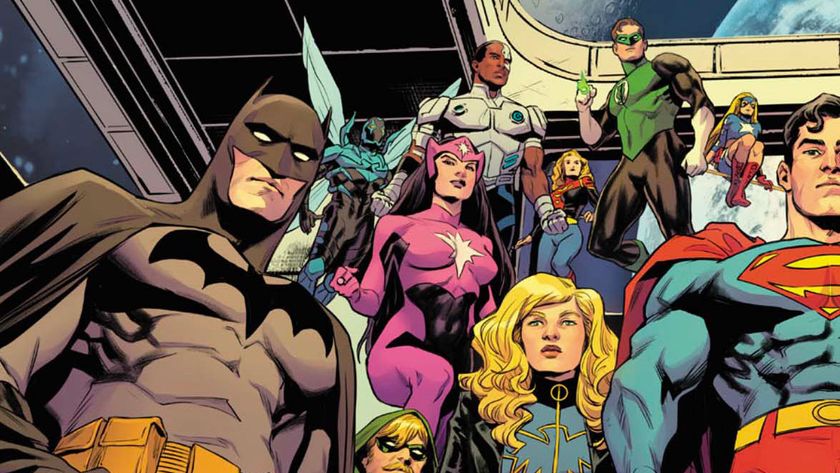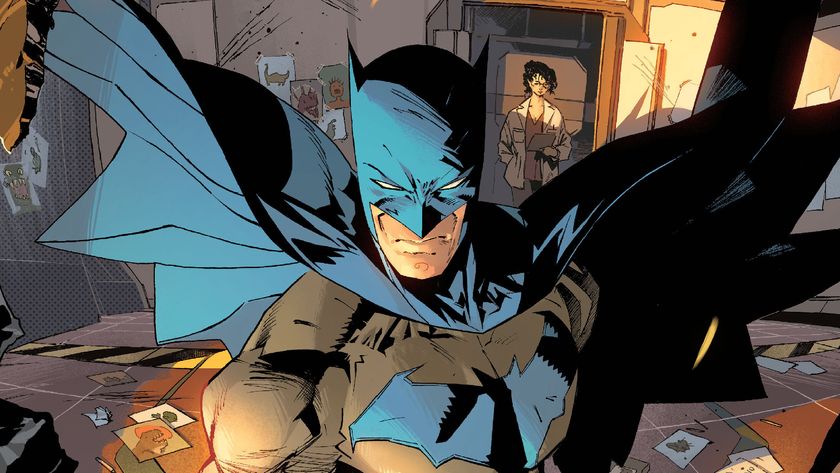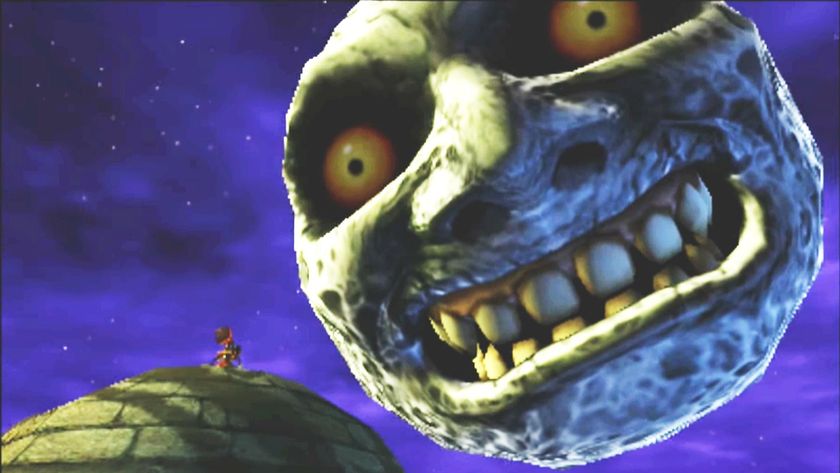Dark Crisis on Infinite Earths #6 drives the DCU to a "bright future" in 2023
Joshua Williamson and Daniel Sampere talk Pariah's big issue and how Nightwing and Batman/Superman: World's Finest set the tone for Dawn of the DCU
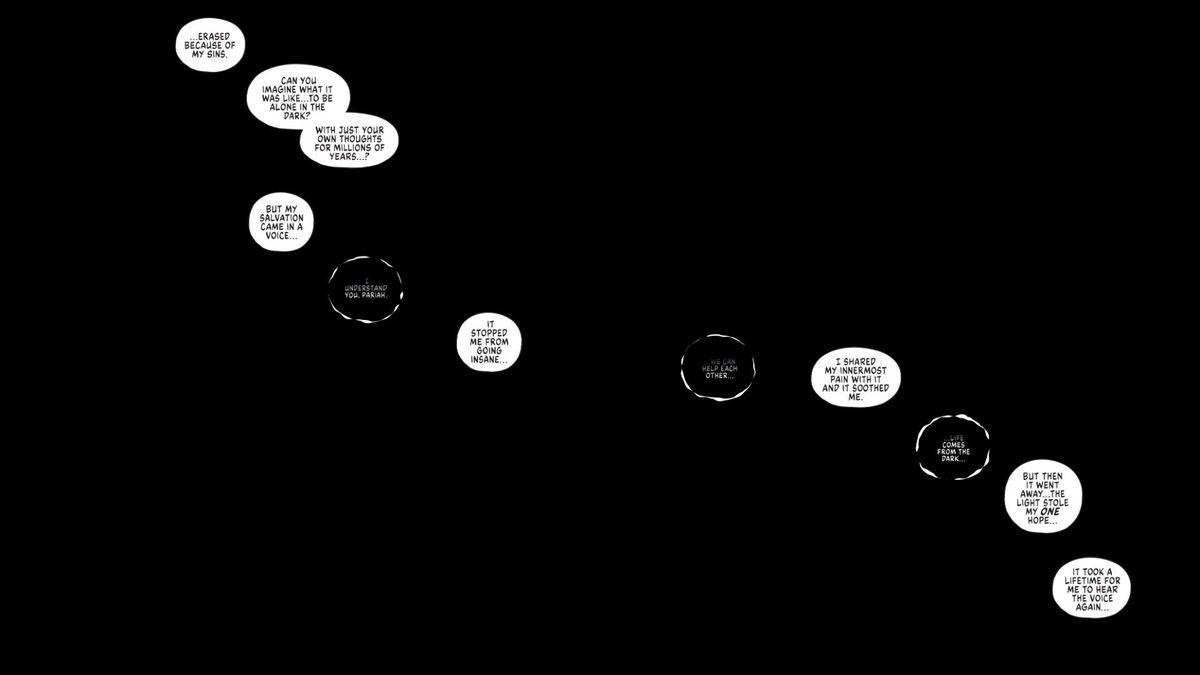
The Dawn of the DCU arrives in 2023, but first, writer Joshua Williamson and artist Daniel Sampere have to wrap up the ongoing Dark Crisis on Infinite Earths event. And in the penultimate issue #6, the resurrected Justice League attempts to rejoin the fight against Pariah and the Great Darkness on Earth-0/Prime, while Pariah grabs even more heroes to rebuild his Infinite Earths.
And although the Dawn of the DCU spins directly out of the events of Dark Crisis, we'll also see the launch of the Lazarus Planet event in 2023, and a relaunched Superman line. Ahead of Dark Crisis on Infinite Earths #6's November 8 release, Newsarama spoke with Williamson and Sampere about the event's big conclusion, as well as what the transition into next year will look like for some of DC's biggest characters.
And newly added in a lettered preview of the issue.
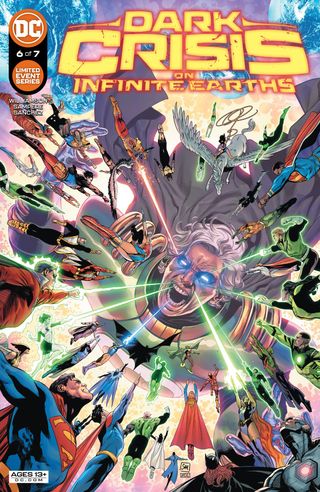
Samantha Puc for Newsarama: Joshua and Daniel, what can you tell readers about Dark Crisis on Infinite Earths #6 before it comes out in November?
Joshua Williamson: This is our big Multiverse fight issue. This is everybody on the battlefield at the same time, all fighting [in the] issue. We definitely have really big emotional moments with the cast and Jon, Jace, and Yara have some really big moments. There's obviously a bunch of returning characters to this issue, with some really big moments in terms of the heroes and also escalating in places. Some things happen with the villains of the story that kind of change the story around. And then we escalate things in a major way before we get into an - I feel - still action-packed issue #7, but a much more emotional issue #7.
Nrama: Speaking of issue #7, the solicitation text talks about how the Great Darkness has been defeated, but the heroes still have to defeat Deathstroke's Dark Army. Are readers going to get the payoff with Pariah that they've been hoping for since this event launched?
Williamson: That's the big piece of issue #6. It's the Pariah stuff. He plays a major role in [Dark Crisis on Infinite Earths #6] and I feel like it's his issue in some ways. That's why he's narrating the beginning part of it. There are some other pieces of Pariah that'll be in issue #7, but his major thing is issue #6.
Comic deals, prizes and latest news
Get the best comic news, insights, opinions, analysis and more!
Nrama: Daniel, how did you go about approaching this level of action-packed art with so many characters in issue #6?
Daniel Sampere: It's been pretty difficult because we are also tight on the timings, and it was a lot going on. It was like a fight with myself while doing the pages, because on one side, as an artist sometimes you can skip some corners or something like that. Like I can put smoke here and save like an hour of work.
But at the same time I was feeling like, no, no, no, no, I don't have to skip any corners because I need to put a lot of characters. I need to put on the pages what fans and readers expect to see in issue #6 of Dark Crisis on Infinite Earths. So just, let's go for it and try to do my best on every page.
Sometimes I even get crazier because maybe Josh told me, 'This panel needs to be these characters.' And I was like, 'Yeah, OK, I'm going to put these characters you're asking for, but I just remembered that this other character has been not operating for longer. I'm gonna put him smaller in the background, you know, because I feel like we've been some time without seeing him,' and adding more and more and more. So it's been pretty crazy, but a lot of fun at the same time.
Nrama: Pariah has had an interesting relationship with the Great Darkness and his mission to bring back the Infinite Earths, and he's hearing this voice... What can you tell us about that?
Williamson: It's all in his head. He looked into the darkness, and the darkness kind of looked back. He spent millions of years in that dark, right? I think when you go back and look at his origin story, this is a person who was all about ego and he thought he was the smartest person on his planet and he wouldn't listen to anybody.
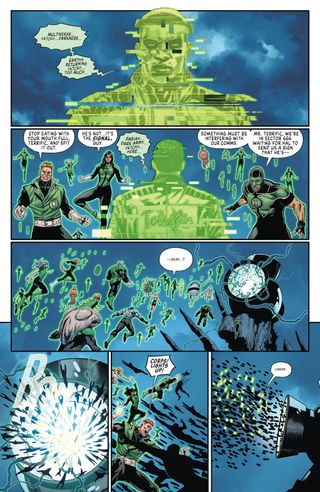
And everyone kept telling him, 'Maybe it's good enough. Maybe you did enough. You have saved this world. You've solved world hunger, you've created world peace, and everything is cool.' And he was like, 'I need more. I need more. I am more.' He was just obsessed with knowledge and that results in his world being destroyed.
Then he's just trapped as a mortal in the dark for millions of years. And that guilt I think he felt, and that regret - but also that ego - all kind of manifested. We covered this a little bit in [Dark Crisis on Infinite Earths: The Deadly Green #1]: He had been trapped inside the Great Darkness the whole time. His machine, which he was connected to, was also trapped in the Great Darkness, kind of like a thorn in a lion's paw. Once we removed the thorn, once we removed the machine from the Great Darkness, we started to break that connection between the two of them. And you started realizing that he was drawing power and influence from the Great Darkness.
The Great Darkness wasn't actually controlling [Pariah]. It was all him and his feelings of guilt that was speaking to him. It was the voice in his head telling him this stuff. It wasn't anything else. And so that's the truth he has to come to, that no one was making him do this. He needed to take responsibility for it, which is also in a lot of ways what Deathstroke always goes through.
Deathstroke never takes responsibility for any of his actions. His children died and he's always like, 'Well, it's somebody else's fault. Grant's death was somebody else's fault.' It was really his. We get into this a little bit more in issue #7. Nightwing and Deathstroke talk at one point and Nightwing is like, 'Well you could have been there for your kids.' And Deathstroke is like, 'That's the problem. I was there.' He can never really take responsibility, and Pariah's the same way.
Pariah's guilt for what he did manifested itself as this voice. Instead of him being like, 'I made a mistake and I have to live with it,' his ego and his guilt created this voice in his head. And now it's the same problem he had back on the other world, where he's like, 'I'm smarter than everyone and I know all the solutions and I know better.'
And now he's doing it again. 'Well, I'm going to bring everything back and I know best, again. I'm gonna bring back Infinite Earths my way again,' versus talking to anybody else. He's just letting that ego and that guilt just keep festering in his head. And that's what he's been hearing. That's what he's been talking to this whole time, is really just himself. And that's what Yara makes him confront in [Dark Crisis on Infinite Earths #6] when she puts the lasso around him.
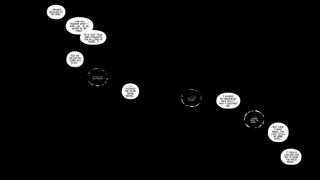
Nrama: How did the future of the DCU impact the way you approached the final two issues of Dark Crisis on Infinite Earths?
Williamson: Only a little bit in issue #7. I had a lot of conversations with creators that are working on books next year. I told them what we were doing emotionally and when it comes to the epilogues in issue #7, it was just a matter of me talking to [DC] editorial, talking to those creators, and us all being on the same page.
Really, the biggest thing that we talked a lot about was tone. We're going through this darkness before the dawn and we wanted to continue driving toward a bright future in the DCU. You look at the tone of things like Nightwing and World's Finest, and we were driving that kind of direction. We knew Dark Crisis was going to be a darker story, and there were certain stories in the DCU that would be a little bit darker coming out of Death Metal and Infinite Frontier.
We knew there was a tonal thing we wanted to accomplish and we knew there were certain emotional beats we wanted certain characters to hit. And so it was really a matter of like, 'OK, we know what these pieces are. We know what we want tonally, we know we want emotionally.' I didn't wanna necessarily tell any writer like, 'Well here's your story.' I never like doing that. It was more of a matter of just talking to people.
Like, we knew that we wanted the Green Lantern Corps to get back together. That's easy. Right? We knew for certain for books - without getting too much into spoilers for next year because we're a ways away from some of these books being announced - we would talk to people and say, 'We need you to do one thing.' They'd be like, 'Well that's the one thing I want to do, so this is easy.' For me, as long as I got to say what I wanted to say about legacy and then again get us into that Dawn piece, that brighter tone, that was the stuff that was important to me.
Nrama: Daniel, speaking of that balance between dark and light, how did that inform your representation of the characters going into the end of Dark Crisis?
Sampere: I try to adapt the representation for the script and specific moments of the story. I like to do a lot of bright, super bright. When it's dark, I like to do it very rough, very dark, and very heavy. I try to create emotions for the people reading the story with the art. I try to make [the characters] iconic, always. I feel like DC has these characters with these costumes that everyone recognizes so fast and they are so iconic. I look a lot at Alex Ross's take on the characters in comic books like Kingdom Come for the presence these characters have.
I like what Josh was just telling you about the tone and the brightness and the positive vibes these characters are going to make people feel in the next year. I try to match it, not just with the characters, but the environments, which play a big role in those kinds of things. Nice lighting with the sun helps a lot with positive vibes, or thunder when things are going darker. I like to play a lot with this kind of stuff.
Williamson: Once we start getting into the more emotional stuff in issue #7, we have a lot of moments that bring everything back around to issue #1. There's stuff we set up in issue #1 that we then pay off in #7 in big ways. If somebody just read issue #1 and issue #7, you would really see how much of a flip it is for certain characters and the stuff that's going on with them in these emotional moments.
Issue #1 opens with darkness and issue#7 ends with light. I think we'll be able to see those things. It'll be really interesting once we get to the end of #7 to see what people think, especially when it comes to some of the really, really big emotional moments between the two, between the way this story started and where it ends. That's the stuff that I'm really excited about, are some of the really big emotional arcs that characters go on between those two points.
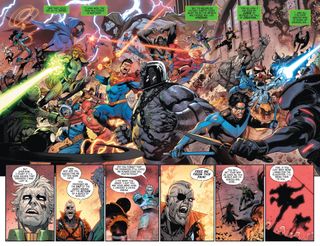
Nrama: Nightwing has had a pretty prominent role in Dark Crisis and seems to have an even more prominent role in the Dawn of the DCU. What can you tell us about the spotlight on that character, especially as we go into 2023?
Williamson: I don't think you can do a story about legacy and not have Nightwing in a major role. I was just talking to [Nightwing writer] Tom Taylor about some stuff this morning before we started doing this call, and I would say once you read Dark Crisis #7, then you can read Nightwing #100 and that will answer some of those questions about what his role will be. Nightwing #100 comes out in January and it actually takes place after Dark Crisis, so you'll be able to see some of those pieces of the role he plays. I don't want to ruin issue #7 completely... He's fine, in case anybody's worried. He does something really big in #7 and I think he was the only person that could do it.
Some of the emotional stuff in [Dark Crisis on Infinite Earths] #7 picks up again in Nightwing. It'll be interesting to see how it rolls out because it isn't like Dark Crisis ends and all of a sudden, there's just major shifts in the DCU immediately. It's really part of a bigger plan for all of 2023 that you'll see carry over.
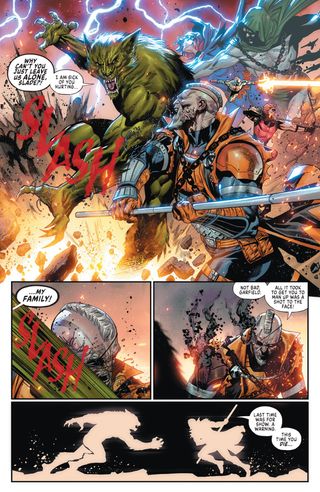
Nrama: Issue #6 deals pretty heavily with Pariah, and issue #7 seems to wrap things up with Deathstroke, but he's the kind of villain who just keeps coming back even when it seems like he's been defeated.
Williamson: I mean, yeah, that's the thing, right? He definitely has moments in issue #7 where you're like, 'Oh, I think Deathstroke's done!' And then it's like, 'Here's more Deathstroke.' In terms of this chapter of Deathstroke's life, at least in terms of me working on the character, this is my finale. I think that in comics, saying a character's story is over just isn't true. There are always more stories to be told and I would be curious to see what somebody else would do with Deathstroke down the line.
Nrama: What can you tell us about the return of the Justice League?
Williamson: There is something I have been saying to people from the very beginning, and that is, 'There is no Justice League.' That's it.
Dark Crisis on Infinite Earths #6 will be on sale November 8.
How will Dark Crisis on Infinite Earths stack up against every DC Crisis event ever?

Samantha Puc (she/they) is an editor at Newsarama and an avid comics fan. Their writing has been featured on Refinery29, Bitch Media, them., The Beat, The Mary Sue, and elsewhere. She is currently pursuing a Master of Fine Arts degree in creative nonfiction at The New School.
Most Popular







